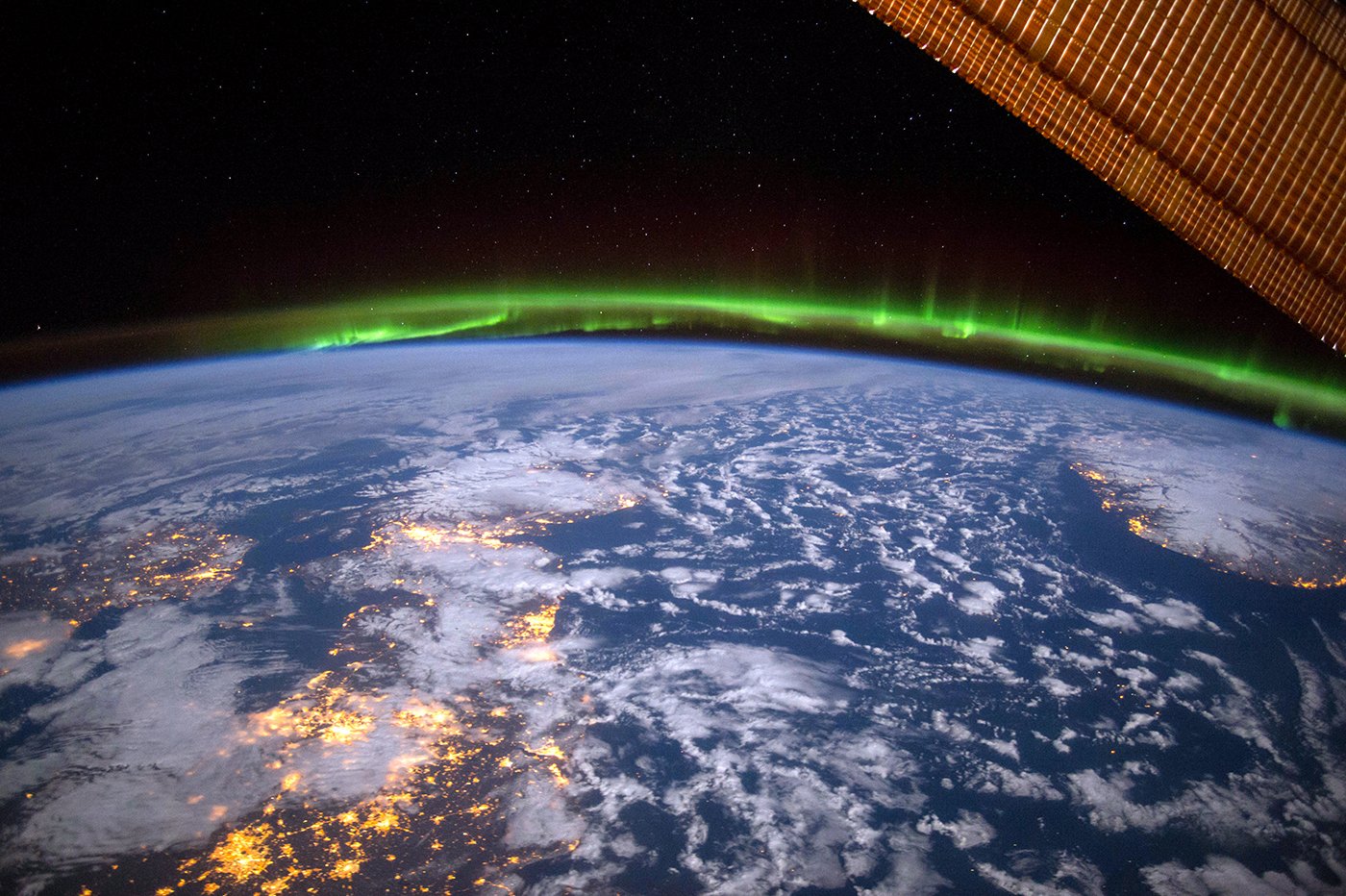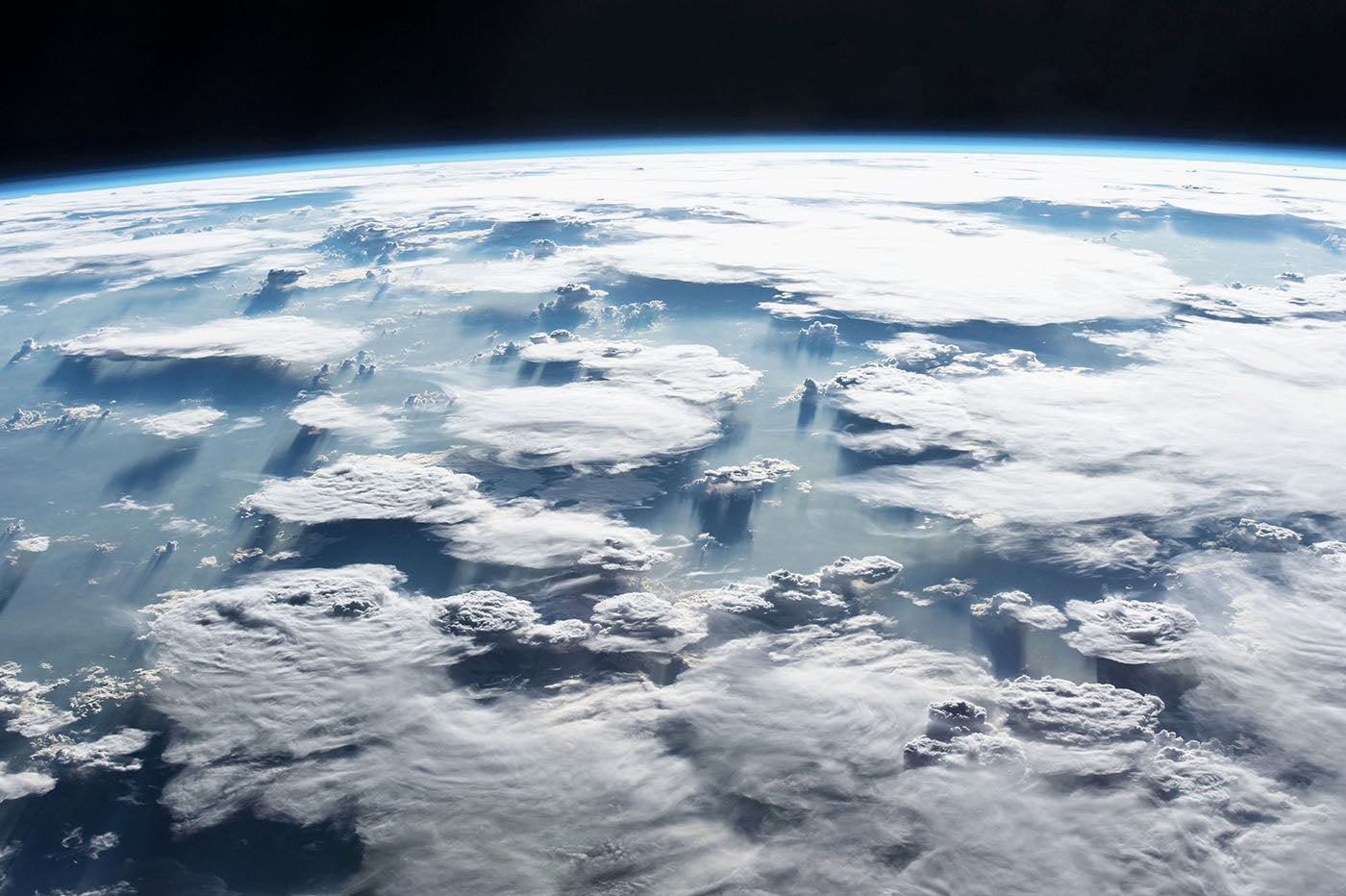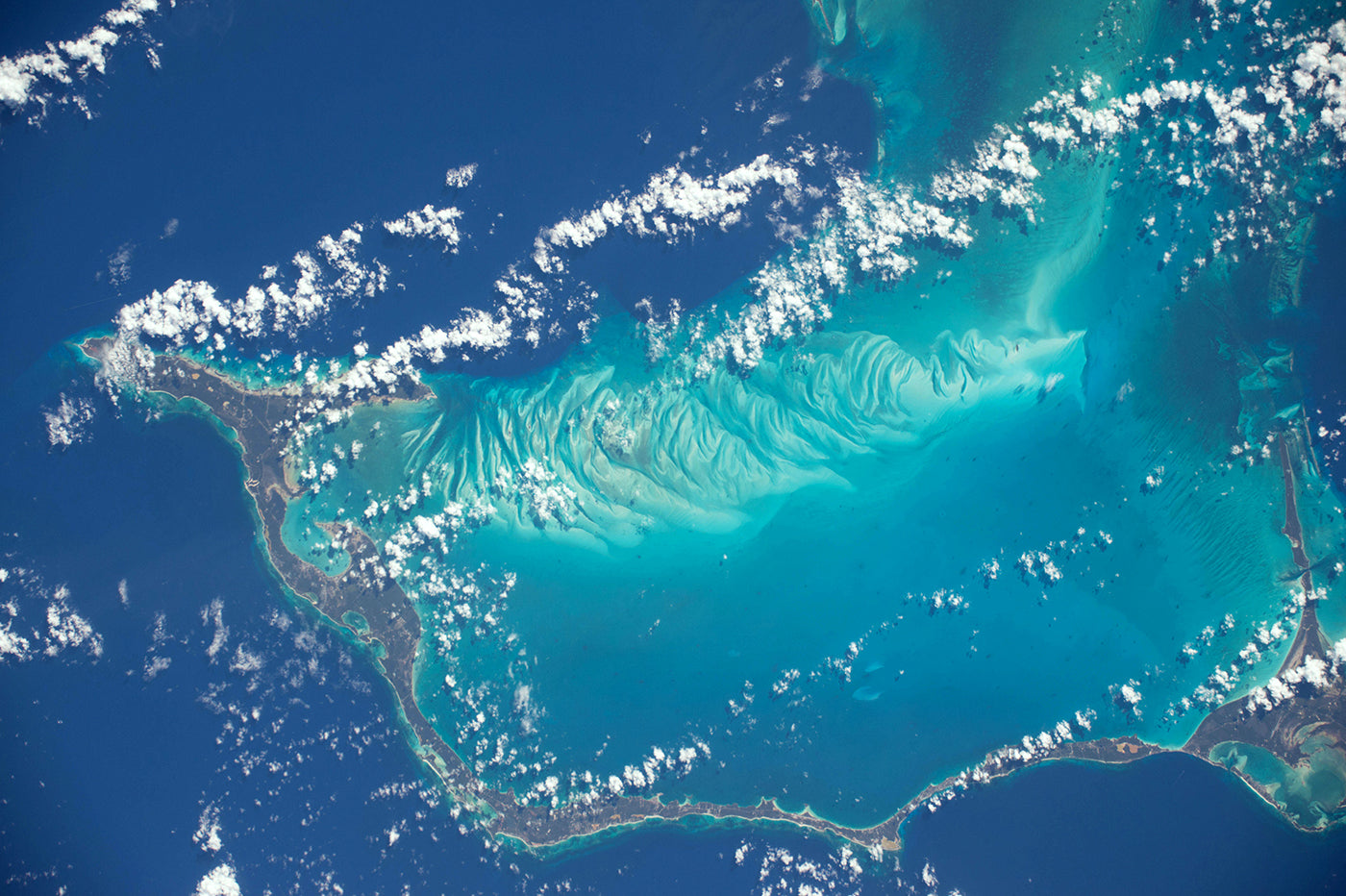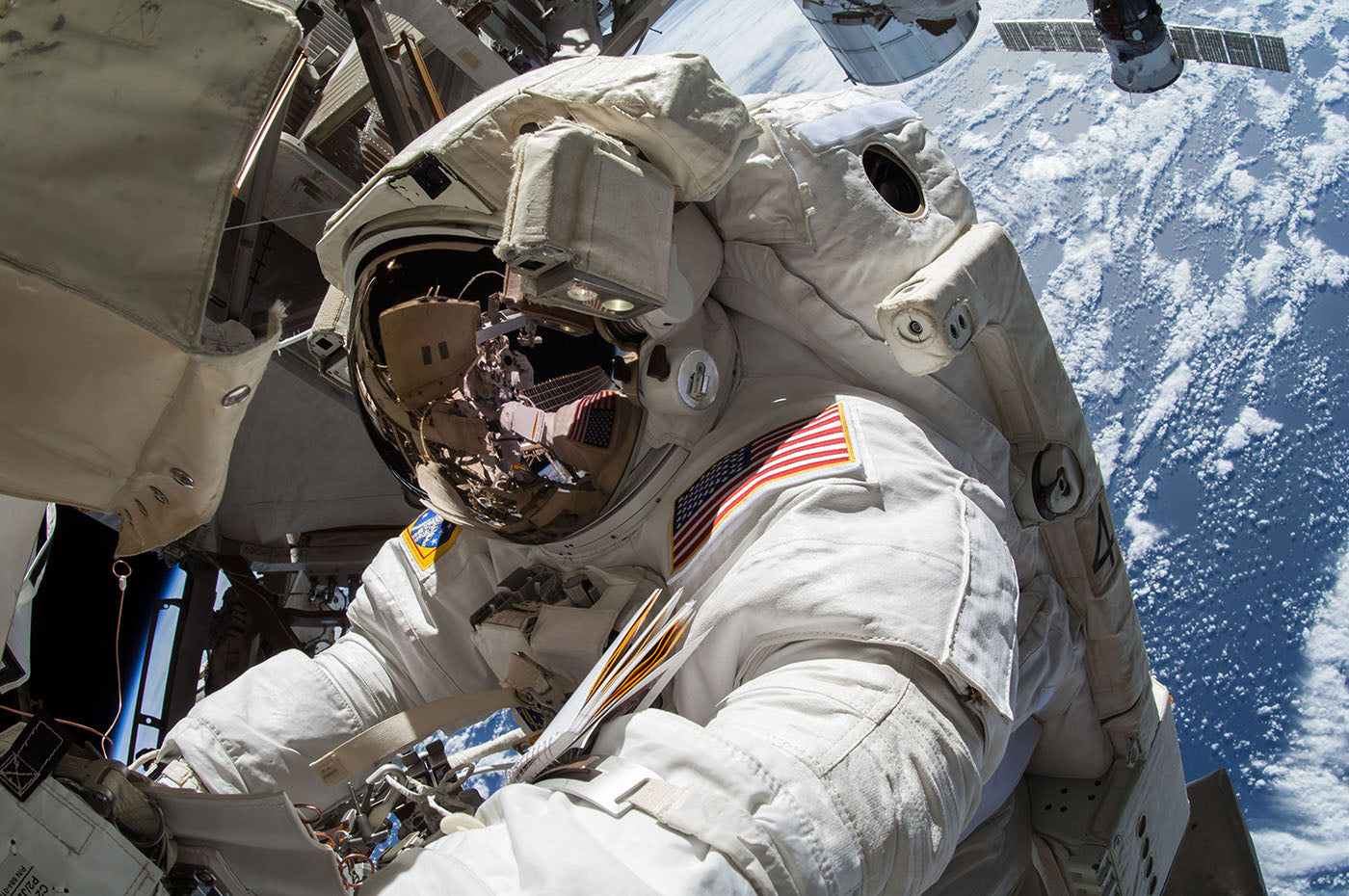
04/2019 visual culture
The "overview effect" is a phenomenon that occurs when you first see Earth from afar and become totally overwhelmed by the fragility of life on our planet. First reported by astronauts in 1968 during the Apollo 8 mission, it's safe to say that if more of us were given the chance to experience this cognitive shift, we'd all feel the benefit.
"It's very clear from space that we only have a plan A, there is no plan B. There's no other place in the known universe that humans could inhabit without the use of spaceships and spacesuits. So we should take care of our planet"

Aurora Borealis as seen in the distance while the International Space Station orbits. (Photo: Terry Virts and National Geographic)
"Honestly, it’s indescribable. Words don’t do the view justice," explains Terry Virts, a U.S. Air Force pilot and NASA veteran of two spaceflights. "But it's very clear from space that we only have a plan A, there is no plan B. There's no other place in the known universe that humans could inhabit without the use of spaceships and spacesuits. So we should take care of our planet." After a two-week mission, onboard the Space Shuttle Endeavour in 2010 and a 200-day flight to the Space Station, Terry's thinking has shifted toward the challenges the human race are piling on the planet.
Unfortunately, for the majority of us, hopping on a space shuttle isn't that easy so instead, we rely on incredible images and video footage created by astronauts like Terry. Flashing thunderstorms, meandering auroras, and orange airglows are just a few of the planet's most well-known phenomena we can now picture from above. Despite the mind-boggling scale, the expansive images help put our beautiful planet into context.

You can really appreciate the complexity, scale, and variety of cloud formations when you look down on them from above. (Photo: Terry Virts and National Geographic)
While in space Terry took more than 319,000 photos–the most of any space mission. His stay aboard the Space Station saw him travel around 84 million miles with the resulting stills and videos later posted to Facebook, Twitter, Instagram, and Vine with support from his colleagues on the ground. He has captured lightning storms over the Himalayas, Mexico, and the American heartland; overhead shots of the ice fields of Patagonia and painterly farms of central Brazil—all images that show the natural beauty of our planet.
You can enjoy a selection of Terry's images here:

The Bahamas look like paradise, even more so from space. (Photo: Terry Virts and National Geographic)

Terry spacewalking. (Photo: Terry Virts and National Geographic)

Self-portrait of Terry taking one of his 319,000 photos. (Photo: Terry Virts and National Geographic)
Terry's images are taken from the book View from Above, published by National Geographic, 2017.













